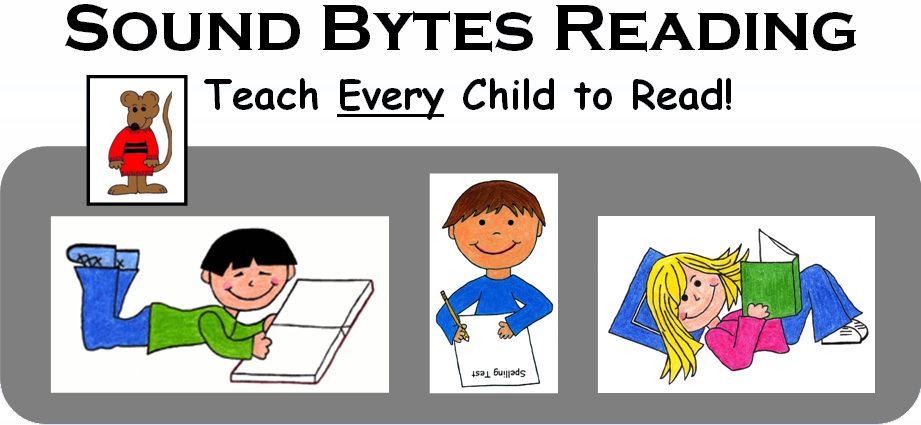Does It Matter How We Teach Kids To Read?
The controversy of the whole language vs. phonics methods of teaching reading has been going on for a very long time. Both sides claim to have research to back up methodology. How should children learn to read? What can we learn from other disciplines? Do children learn to read by listening to stories? By observing others? Does it make any difference how we teach reading?

For comparison, let’s examine how one learns to play the piano. When a child begins to learn to play the piano, he learns many written symbols in order to be able to read the music. He learns that a staff is a set of lines for writing music, that a clef is at the beginning of a line to indicate pitch, what different notes look like such as a quarter or an eighth note, he will learn about timing, that there are symbols that indicate the music is to be played loud or soft, fast or slow, and many other things.
Our student will not sit down and play Beethoven’s Moonlight Sonata in the first lesson or even the tenth. He will learn to play simple notes with one hand and then the other, and then learn to put them both together. All of this takes much practice and much repetition until it becomes automatic.
No one who teaches music will make the argument that the average beginning piano student should be able to sit down and play the Moonlight Sonata immediately if only he has been surrounded by good classical music for all of his young life. One might make argument that having listened to music could make it easier to play with feeling and emotion, but the student will still need to learn the basics a little at a time and spend lots of time in drill and repeated practice.
A young athlete who is learning the game of basketball cannot just walk into the gym and make a perfect lay-up. First, there is much drill and practice needed to learn and perfect the skills of dribbling, shooting, and footwork before it can be put all together and becomes so automatic that it feels natural.
Learning to read is not so very different. A student should learn written symbols and what sounds the symbols represent. Rather than translating the symbols to notes that are played on a piano, she must learn to translate the symbols to sounds, combine the sounds to verbalize words, and connect words to read sentences. She will not read The Call of the Wild the first day, nor is she likely to do so the first year. Just as in learning to play the piano, she must learn a few symbols at a time and spend time practicing what she has learned until it becomes automatic, if she is to become a skilled reader.
Students who are taught to read whole words as a unit will have to learn many thousands of individual words. Students who are taught the sound-symbol code need to learn about 70 individual letters and letter combinations. A student must memorize thousands of words over many years of school and continue to learn new words over a lifetime, or learn 70 sound-symbol patterns in one year that will enable him/her to read anything. Which method do you think is easier?
Next time, we’ll talk about why the whole word method of learning to read is so difficult.
